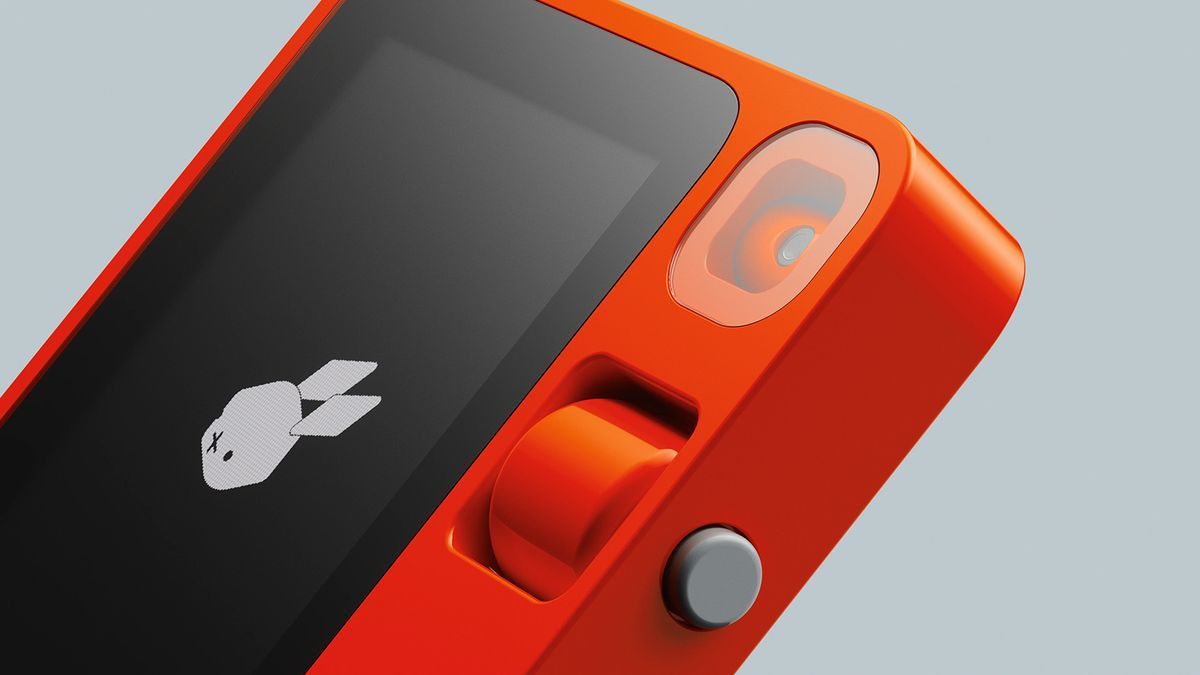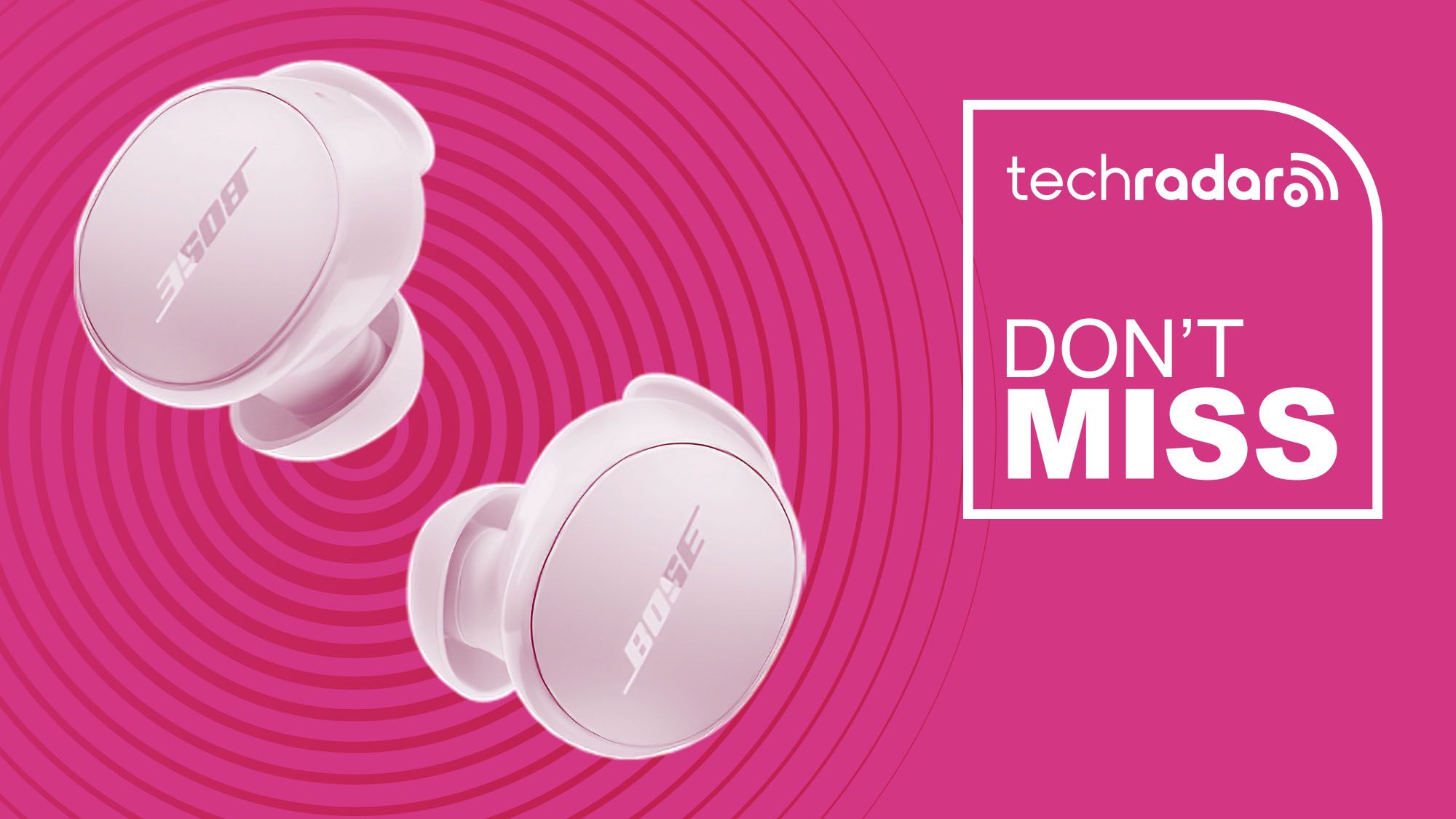We first met the Rabbit R1 in January 2024, at CES 2024, but what exactly is it? This charming companion (co-designed by Teenage Engineering) promises to take pocket devices to the next level: it offers something akin to a smartphone, but with an intuitive, unified, AI-powered interface that means (at least in theory) it's not necessary to interact with individual applications and websites. That means he could be the face of one of the biggest tech trends of 2024.
If you're curious about the Rabbit R1 and the ways it could change the course of personal computing, or at least show us how next-generation smartphone voice assistants could work, we've put together everything you need to know about it. here. From how much it costs and how it works to the AI engine that powers the R1 experience, all the details on this potentially revolutionary device are here.
The first batches of Rabbit R1 will begin shipping to users later in 2024, although it looks like availability will be quite limited to begin with, so you may have to wait a bit to get your own Rabbit R1.
Rabbit R1 – One Minute Overview
The Rabbit R1 looks a lot like a phone in terms of appearance and some of its features: it has a camera and a SIM card slot, and it supports Wi-Fi and Bluetooth. What's different and what makes Rabbit R1 special is the interface: instead of a grid of apps, you get an AI assistant that talks to your favorite apps and does everything for you.
For example, you can have R1 search for a vacation destination and book flights to it, or queue up a playlist of your favorite music, or book you a taxi. In theory, you can do anything you can already do on your phone, just by asking. That said, many questions remain about how exactly it works and how it protects your privacy in the way you describe.
We've seen next-generation personal assistants depicted in movies like Hisand the R1 is trying to make it a reality, taking advantage of the latest artificial intelligence capabilities to replace the traditional smartphone interface with something much more intuitive and elegant.
Introducing r1. Watch the keynote. Order now: #CES2024 pic.twitter.com/niUmjFvKvEJanuary 9, 2024
Another way to think of the Rabbit R1 is as an evolution of the Amazon Echo, Google Nest, and Apple HomePod smart speakers. The voice-controlled digital assistants in these devices can perform some rudimentary tasks, like checking the weather or playing music, but the R1 wants to go far beyond what they're capable of.
Rabbit calls the R1 “the future of human-machine interfaces,” and you can watch his presentation for the device in his Apple-flavored CES 2024 keynote below.
Rabbit r1: release date and price
The first batch of 10,000 units of the Rabbit R1 became available for pre-order at the same time the device was announced at CES, on January 9, 2024. Those units quickly sold out, as did a second batch of 10,000 units that was available soon. after.
Rabbit says people who placed their pre-orders should start receiving their devices in March and April 2024. As of this writing, there's still no indication when another batch of units will be available for pre-order, or when we might see how the r1 goes on sale more widely.
What we do know is that the Rabbit R1 price starts at $199, which works out to around £155/AU$300. To start, the Rabbit R1 is available to order in the US, Canada, UK, Denmark, France, Germany, Ireland, Italy, Netherlands, Spain, Sweden, South Korea and Japan, from the Rabbit website.
What's more, unlike rival AI devices like the Humane AI Pin, there's no ongoing subscription fee you need to pay.
Rabbit r1: hardware
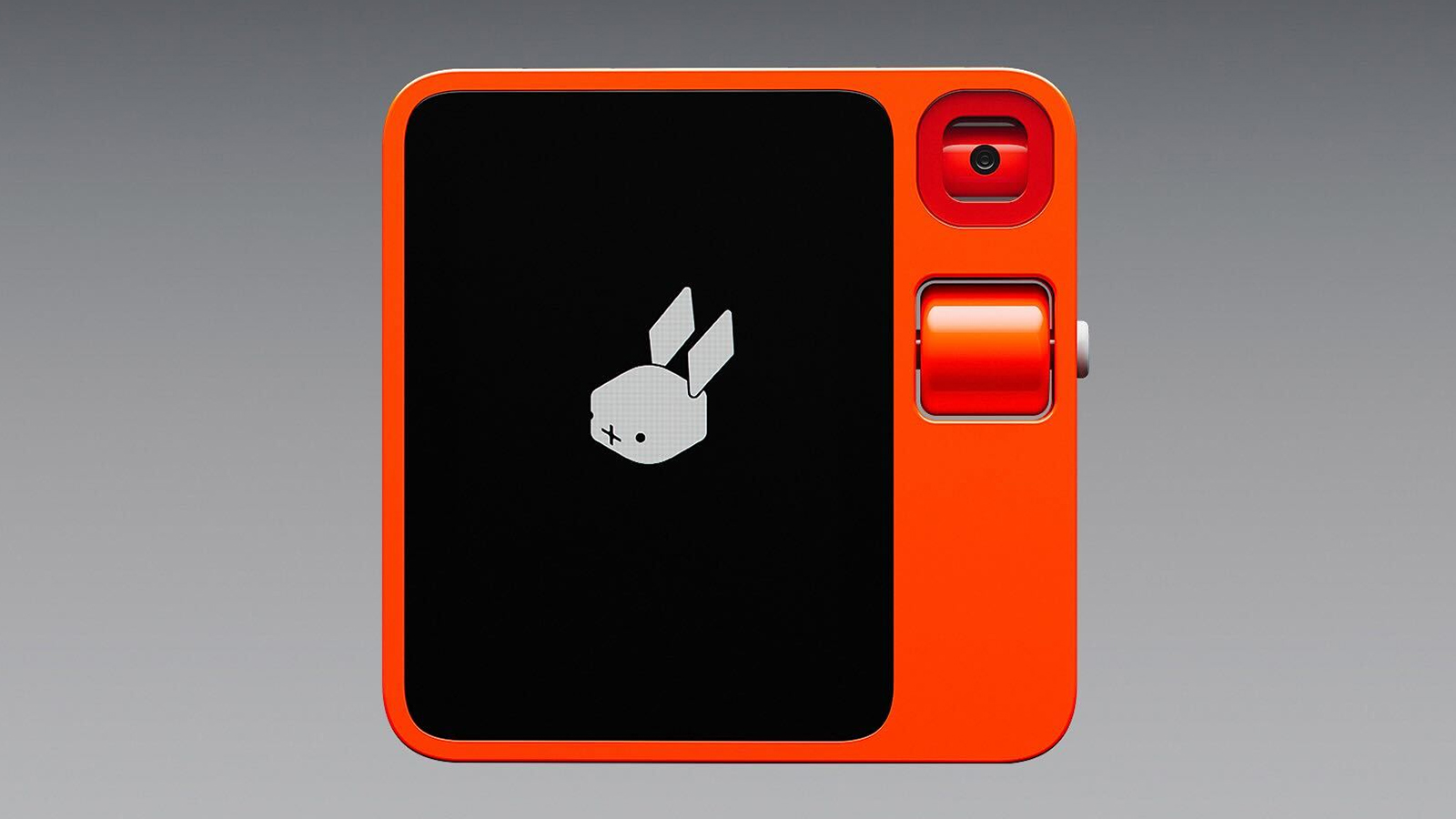
The Rabbit r1 is square, bright orange and comes with a 2.88-inch color touchscreen on the front. It's a fairly compact device, almost small enough to fit in the palm of a hand, and weighs 115 grams (about 4 ounces). For now, there is only one design; You can't choose it in multiple colors.
We know there is a far-field microphone built into the R1, as well as built-in speakers. There is also an integrated 360-degree camera here, which is apparently called Rabbit Eye. You can interact with elements by tapping the screen, and there's also an analog scroll wheel on the side of the device if you need it.
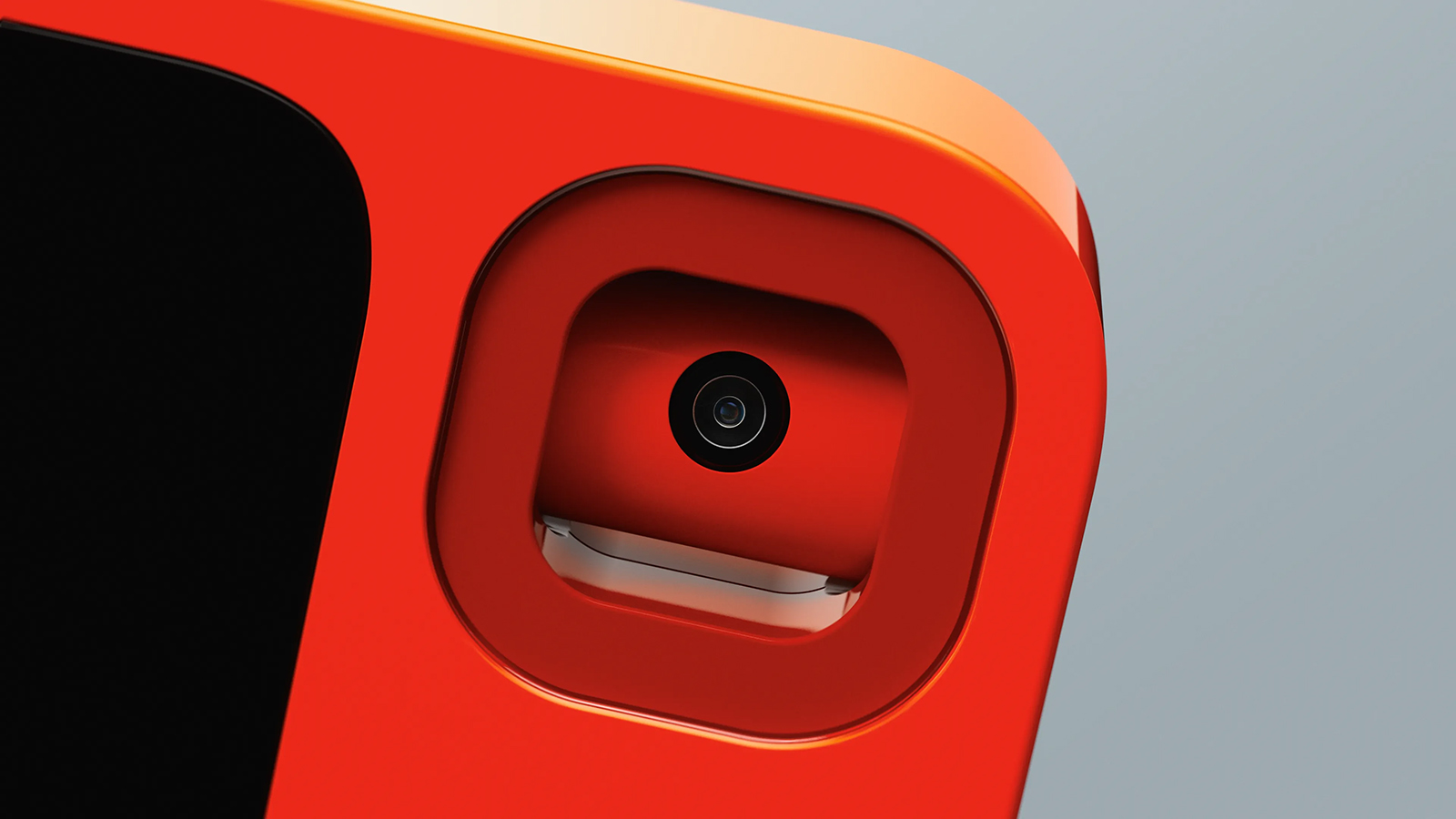
To the right of the Rabbit R1 is a push-to-talk button, which you can use whenever you want to talk to the device's AI assistant. There's no “hey Google” or “hey Siri” activation command required, and it also means the assistant doesn't have to constantly listen to your voice. Double-tapping the button activates the on-board camera.
Under the hood we have a 2.3GHz MediaTek Helio processor and Rabbit says the device offers “all-day” battery life. That battery can be charged with a USB-C charging cable and power adapter, but it's worth keeping in mind that these aren't included in the box, so you'll have to use the ones you already have.
Rabbit R1: software
With its bright orange casing, the Rabbit r1 looks cute, but it's the software that really makes it stand out. If you've already used something like ChatGPT or Google Bard, then here's something similar: Rabbit OS is run by an AI chatbot, capable of answering questions and performing tasks.
At the CES keynote demo, Rabbit founder and CEO Jesse Lyu showed off the R1 answering philosophical questions, checking stock prices, searching for movie information, playing music on Spotify, booking an Uber, ordering a pizza, and planning a vacation (with flights). and hotel reservations).
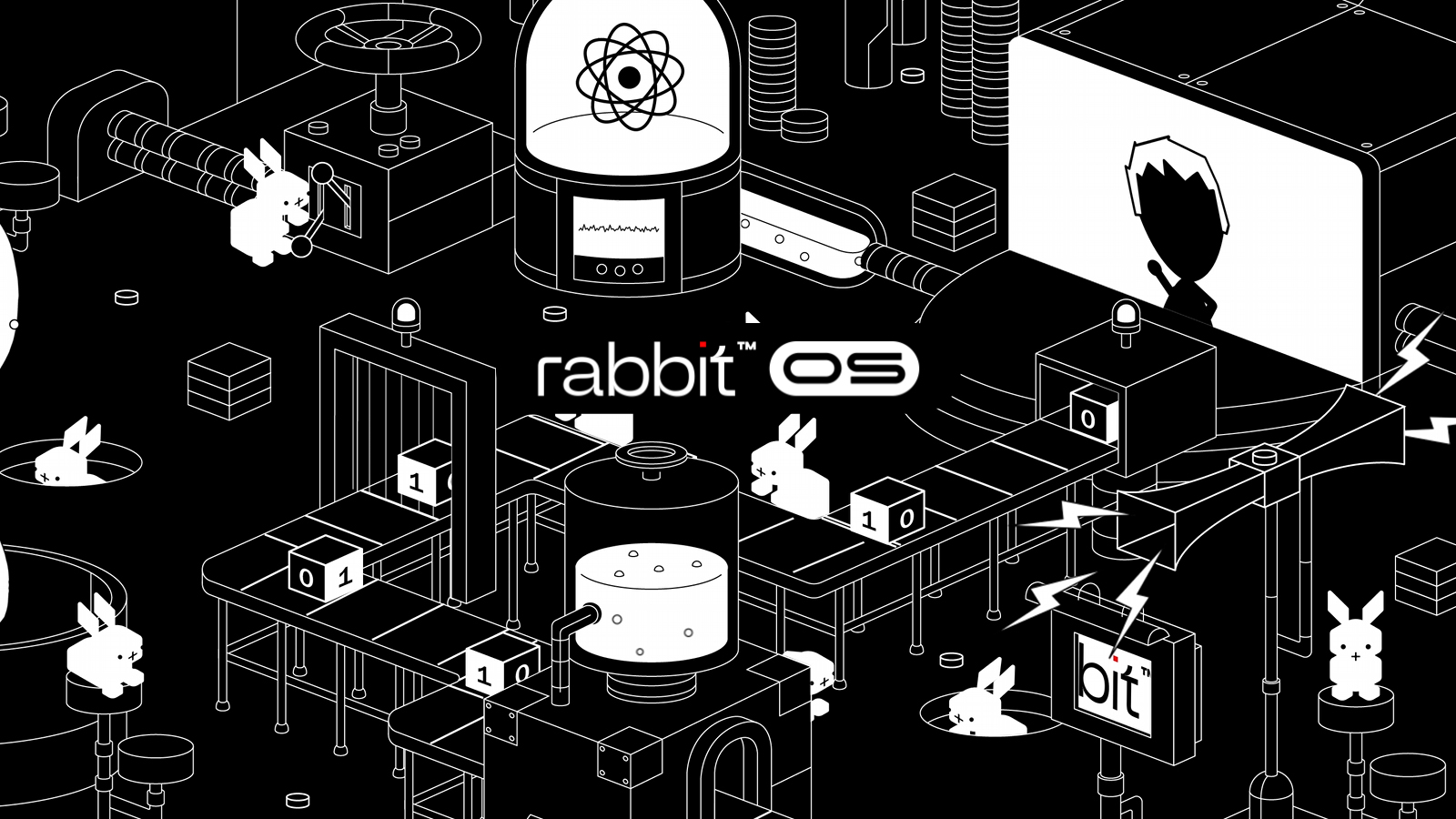
For any of this to work, you need to connect Rabbit OS to its various apps and services, which can be done through a web portal. Based on the demo we've seen, it looks like Spotify, Apple Music, YouTube Music, Expedia, Uber, eBay, and Amazon will be some of the services you'll be able to connect to.
Rabbit would like to emphasize that it does not store any of your login details or track you in any way; He simply connects it to the applications he needs, although the details of how he does this through the cloud are still unclear.
Rabbit's privacy page gives us a few more details, stating that “when you interact with Rabbit OS, you will be assigned a dedicated, isolated environment in our cloud for your own LAM. [large action model]. When our rabbits perform tasks for you, they will use their own accounts that you have given us control over securely through our rabbit hole web portal.”
It also adds that “we do not store your passwords for these services. Rabbits will ask you for permission and clarifications during the execution of any task, especially those that involve sensitive actions such as payments.” It's still unclear exactly how Rabbit provides each user with a “dedicated, isolated environment” in its cloud, but we should find out more once it reaches its first users.
We're also told that the R1 can handle communication, real-time translation, and analyze images taken with the camera; Show R1 what's in your refrigerator, for example, and he might prepare a dish he can cook.
The Rabbit R1 also promises fast responses, faster than you'd get with other generative AI robots. You can chat with the R1 like you would with Siri or Google Assistant, or you can bring up an on-screen keyboard by shaking the device. It calls its built-in AI Large Action Model or LAM, similar to a Large Language Model or LLM (familiar from bots like ChatGPT), but with much more agency.
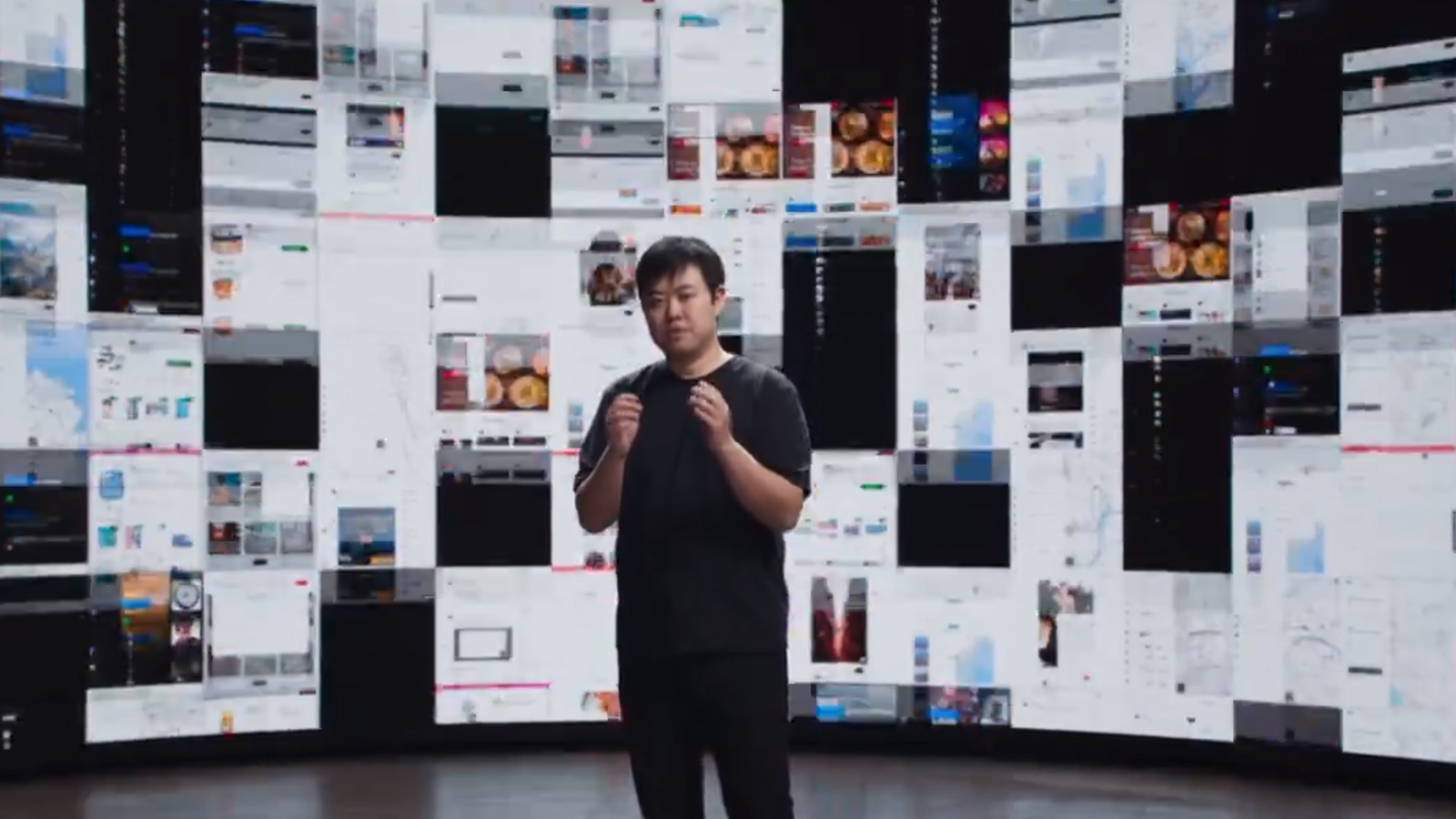
On top of all this, Rabbit says you can teach R1 new skills. So if he shows you how to go online and order your groceries, next time he'll be able to do it himself. At the CES demo, we saw the Rabbit R1 learn to create AI images through Midjourney and then replicate the process on its own.
Interestingly, Rabbit says he doesn't want the R1 to replace his phone, but instead wants to work alongside it. The R1 can't, for example, browse YouTube, check social media or let you organize your email (at least not yet), so it looks like the humble smartphone will be stuck around for a while yet.
While some of the details about how the Rabbit R1 works and interacts with your favorite apps and services are still unclear, it is certainly one of the most interesting pieces of AI hardware yet, as evidenced by the rapid sales of its first stocks. We'll bring you more first impressions as soon as we get our hands on one of the first tech stars of 2024.
you might also like

